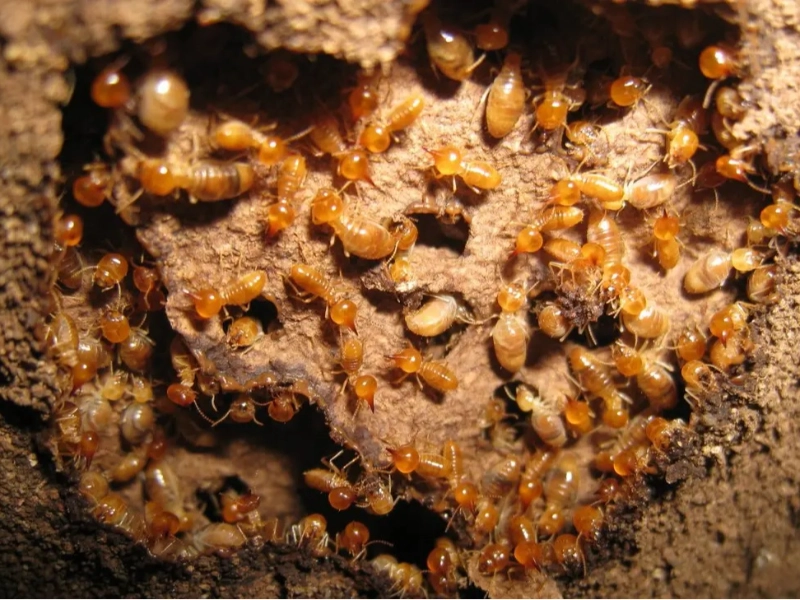6. Microclimate Regulators

Through their construction activities, termite colonies significantly influence local microclimates in tropical rainforests. Their mounds create temperature and humidity gradients distinct from the surrounding forest environment, offering critical refuge for various species during extreme weather events. The ventilation systems in termite mounds facilitate air circulation and gas exchange, impacting the forest's atmospheric dynamics. These microclimate modifications become increasingly vital as forests face challenges from climate change, providing buffer zones that preserve ecosystem stability. Termite mounds exhibit remarkable thermoregulatory properties. The intricate internal architecture of these mounds, featuring tunnels and chambers, functions as a sophisticated climate control system. Research shows that the internal temperature of large termite mounds remains remarkably stable, fluctuating only slightly despite significant external temperature changes. This stable internal environment not only benefits the termites but also creates unique microclimatic niches for other species. For instance, certain plant species thrive near termite mounds, benefiting from the more consistent and moderate conditions. In tropical regions, the humidity regulation provided by termite structures is particularly important. During dry periods, termite mounds retain higher moisture levels, creating refuges for various species. Conversely, their effective drainage systems prevent waterlogging during wet seasons. Beyond the mounds themselves, these microclimate effects influence nearby soil moisture content and air humidity. As climate change leads to more extreme weather events, the buffering effects of termite-generated microclimates become increasingly critical for maintaining ecosystem resilience and providing safe havens for diverse species under environmental stress.
Advertisement

